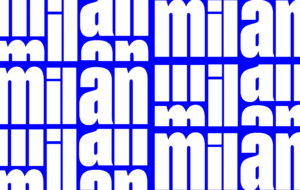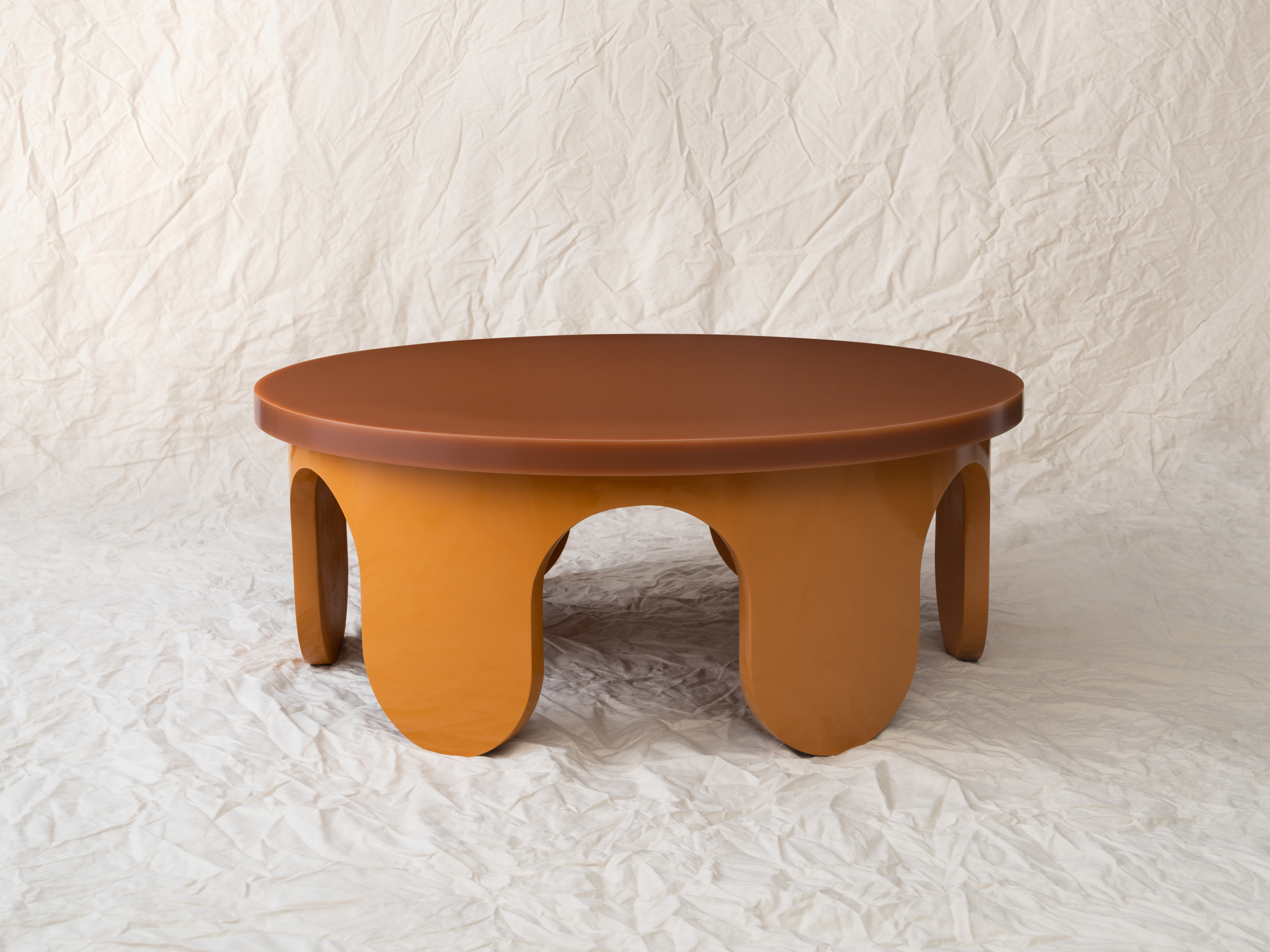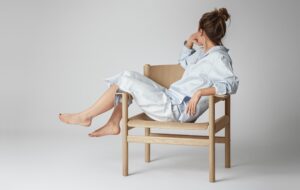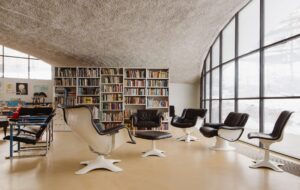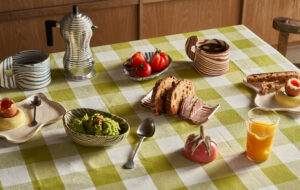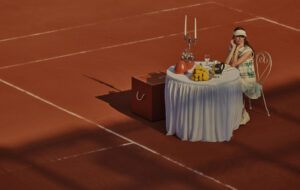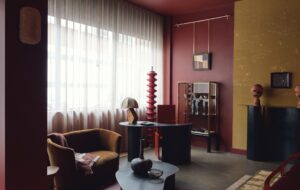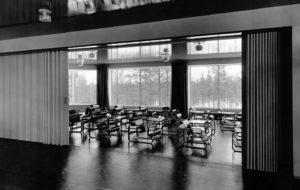|
The USSR may not have valued product design, but its consumer objects still tell a fascinating story, finds Edwin Heathcote If you think of Soviet design at all, you might think of an AK47, perhaps a Sputnik, maybe the radical graphics of the revolutionary era, the agit prop and suprematist posters. You almost certainly, unless you were Russian yourself and grew up with these things, wouldn’t think of consumer goods. That is mostly because they were, in their own special way, terrible. The USSR was notorious for not being able to provide properly for its citizens the things they wanted. Which is why everything from Levi’s to LPs became cult objects, desirable because they symbolised everything Soviet consumer culture was not. An enjoyable show at London’s GRAD gallery earlier this year did not quite set out to disabuse notions of the inferiority of Soviet design, but it did introduce some unfamiliar, and some lovely, things. Most of what was there was copied. The USSR was unburdened by notions of intellectual property and there were pretty straight copies of everything from a Vespa scooter to an espresso machine and a moderne radio ripped off from a French model. But there were also some real surprises. Curiously, despite the existence of the VKhUTEMAS school (based on the Bauhaus and shut down in 1930), there was no official recognition of design as a discipline in the USSR until 1962, at which point the All Union Research Institute of Technical Aesthetics (VNIITE) was established. This almost immediately grew into the biggest design office in the world. As all of the means of production in the USSR were in the hands of the proletariat, VNIITE was, in effect, in charge of the design of everything. The general shortage of good things in the USSR, from food to consumer products, led to a different attitude to value. People kept things. Whether it was the round-bottomed dolls (Soviet Weebles) or the expanding pop-arty net bags (you never knew when some new fruit or veg would arrive in the stores, so had to be instantly armed to stock up when they did), these things stuck around. A visit to any eastern European holiday home, whether dacha or shack, will reveal boxes and balconies full of this stuff. It was precisely this lack of availability that led to Russians’ ingenuity in adapting the things they did have – a skill that Vladimir Arkhipov highlighted in his magical book Home-Made, an archive of extraordinary objects made for everyday uses. (My favourite is a snow-shovel fashioned from a road sign showing a man digging up a road – signifier and signified in harmony.) The familiarity of a lot of these things meant there was a hint of the flea market about the show, with its coffee makers, old chocolate boxes and telephones. But there were glimpses into other, more overtly political worlds – both their successes and their failures. The focus was on the sad fate of the ZiL factory in Moscow. Once the manufacturer of black limousines for the Russian elite, this huge works has declined into an oversized repair workshop for vintage-car collectors. As soon as the wealthy switched to Mercedes, ZiL never stood a chance. Yet there was also is a massive, streamlined fridge made by ZiL. My father-in-law still has one on the terrace of his self-built Hungarian timber holiday house. Its engine makes a hell of a hum but, after almost 60 years, it still works. There were models of ZiL vehicles (originally copied from Fiats, then more like something streamed from a film noir) and there were sad photos of decrepit factories waiting for developers to build all over them. Perhaps the most striking exhibits of all were the discs framed on the wall. Known as bones, these were bootleg records of Western hits pressed on to the most convenient spare material, which turned out to be X-ray plates. Backlit on lightboxes, they looked sinister and striking and presented a wonderfully dadaist end to a lovely little show. Work and Play Behind the Iron Curtain took place at the GRAD: Gallery for Russian Arts and Design, London, in August 2014 |
Words Edwin Heathcote
Images: GRAD, ZIL and Moscow Design Museum |
|
|



